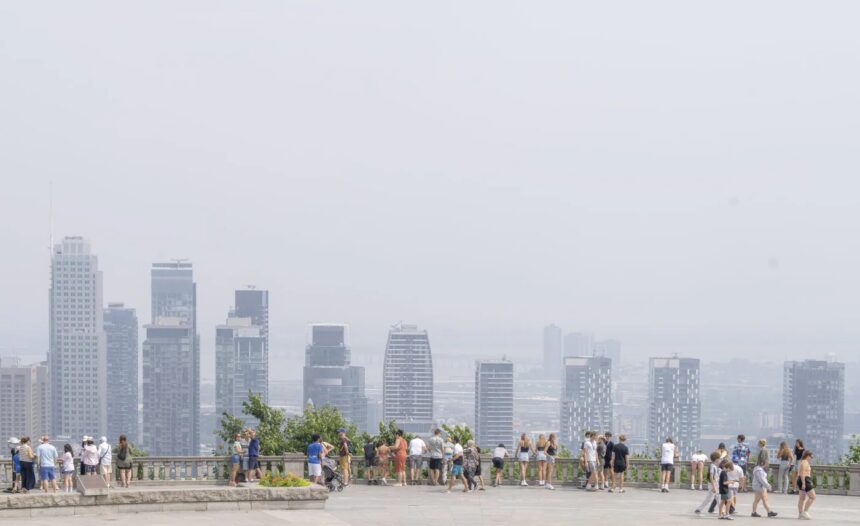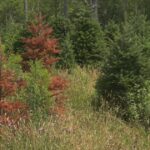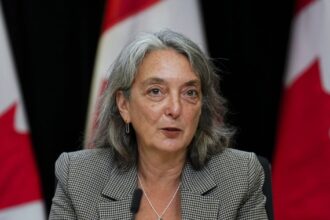As choking clouds of smoke blanket vast regions of Canada for the third consecutive summer, health professionals are sounding urgent alarms about the escalating risks to vulnerable populations. The relentless succession of wildfire seasons has transformed what was once considered an occasional hazard into what many experts now describe as our “new climate reality.”
“The microscopic particles in wildfire smoke can penetrate deep into the lungs and even enter the bloodstream,” warns Dr. Sarah Mitchell, a leading respirologist at Toronto General Hospital. “While everyone should take precautions, those with pre-existing respiratory conditions face particularly severe threats that can trigger acute episodes requiring hospitalization.”
Recent data from Health Canada indicates a troubling 27% increase in emergency room visits for respiratory complaints during peak smoke periods in affected regions. For individuals living with asthma, COPD, or cardiovascular disease, exposure to the toxic particulate matter can exacerbate symptoms dramatically, often within hours of exposure.
“We’re seeing patients whose conditions were previously well-managed suddenly experiencing severe breathing difficulties,” Dr. Mitchell explained during a recent CO24 News interview. “The PM2.5 particles in wildfire smoke are especially dangerous because they bypass many of the body’s natural defense mechanisms.”
Health authorities across Canada have established standardized air quality health indexes, but experts caution that these general guidelines may underestimate risks for vulnerable groups. Children, pregnant women, outdoor workers, and seniors should maintain heightened vigilance even when air quality readings fall in moderate ranges.
Dr. Mitchell recommends creating “clean air shelters” within homes by using HEPA air purifiers, sealing windows and doors, and limiting outdoor activities during smoke events. For those without access to air conditioning or filtration systems, public libraries, shopping malls, and community centers can provide crucial respite.
Provincial health ministries are collaborating with World Health Organization researchers to develop more comprehensive response protocols as climate projections suggest wildfire intensity will continue increasing across the northern hemisphere. Several CO24 Business reports indicate insurance companies are already adjusting premiums to reflect these changing environmental risks.
“This isn’t just an environmental issue anymore—it’s a significant public health crisis requiring coordinated response,” notes Dr. Mitchell. “Communities need to develop adaptation strategies that specifically address the needs of vulnerable populations during extended smoke events.”
As Canadians face what may become an annual threat, the question emerges: are our healthcare systems and communities adequately prepared for the long-term health consequences of this smoky new normal?























